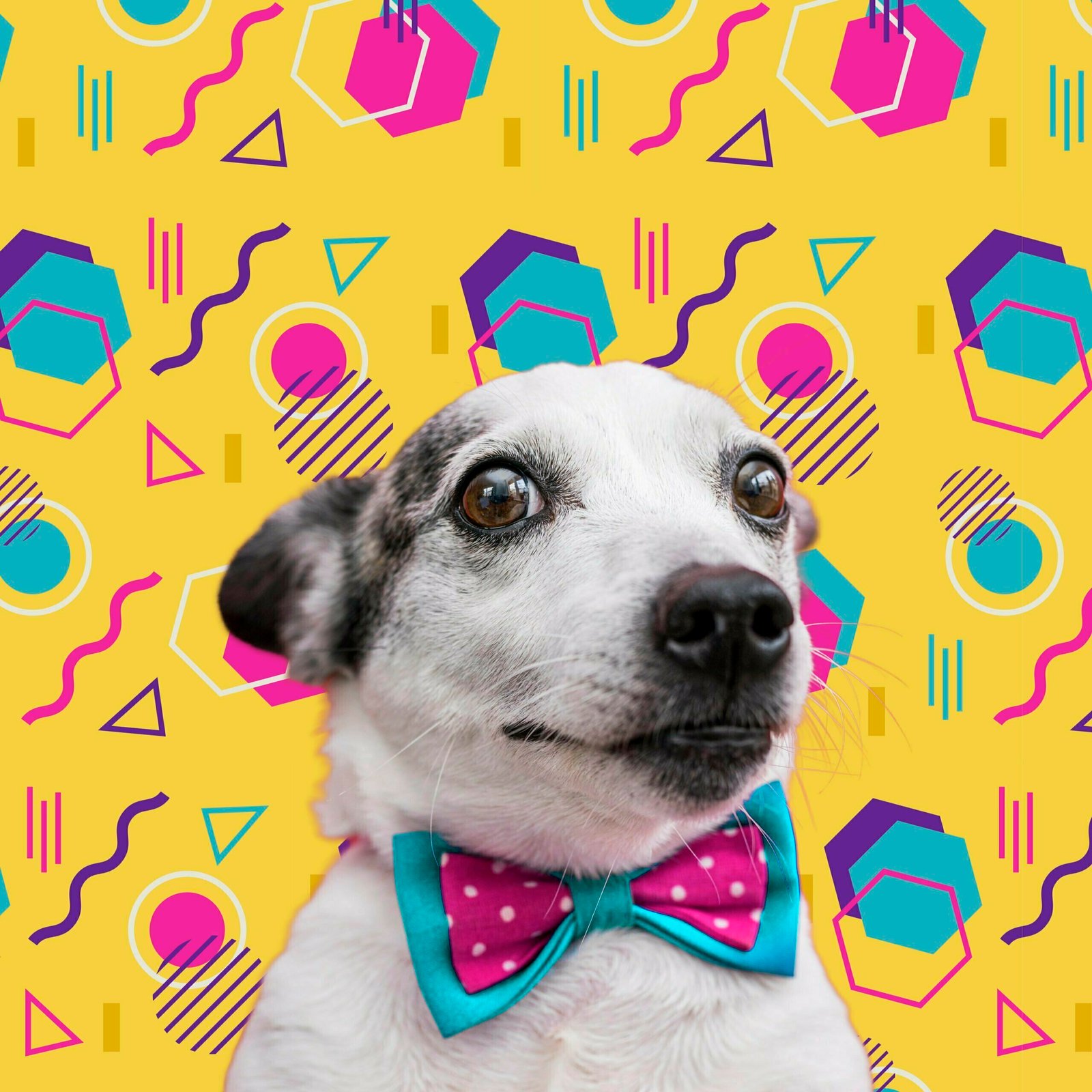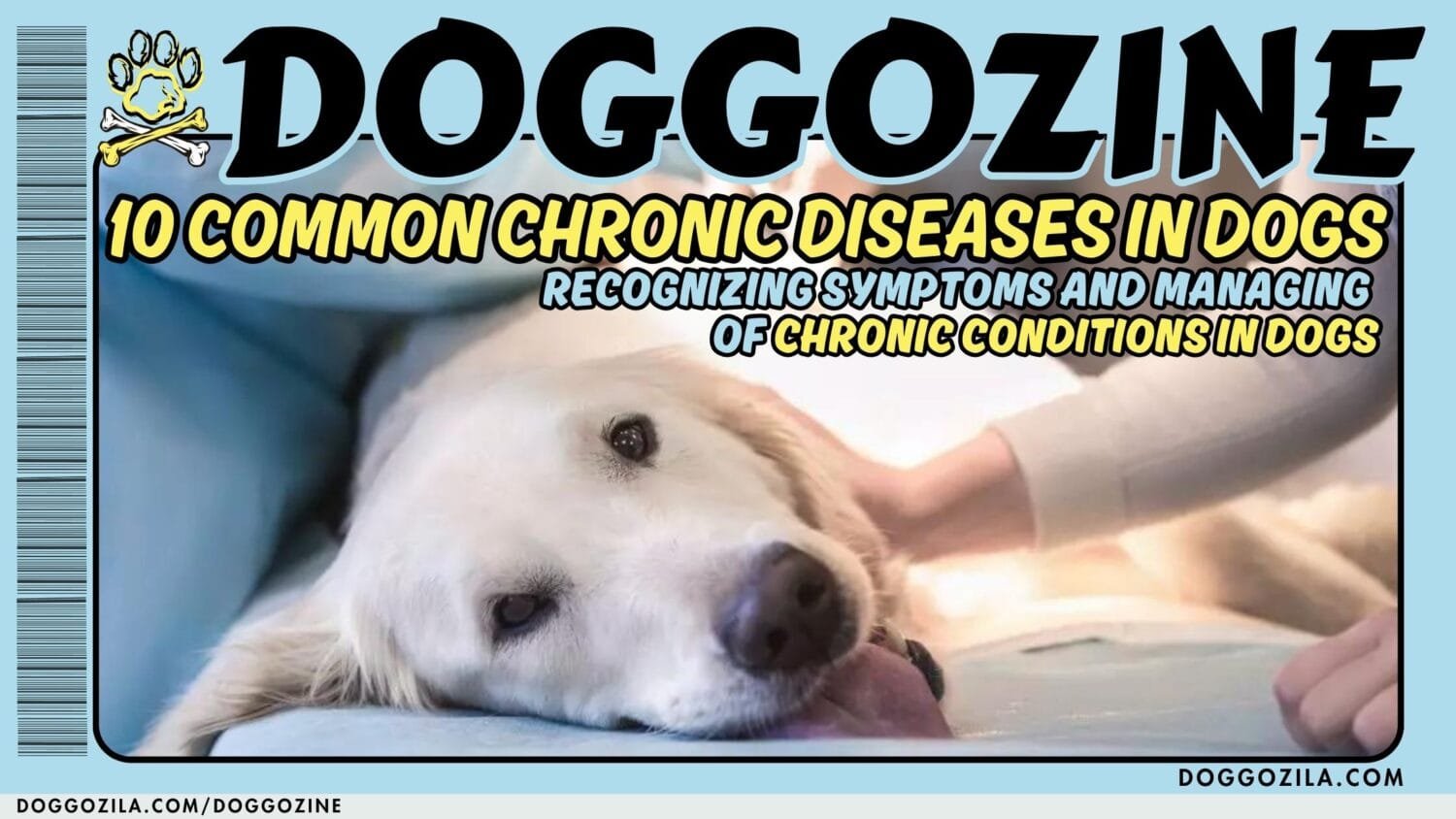Dogs come in an astonishing array of colors, sizes, and shapes. From the tiniest teacup Chihuahuas to the towering Great Danes, and from the sleek black coats of Labradors to the striking merle patterns of Australian Shepherds, the diversity of dogs is a testament to the intricate world of genetics.
Let us show you more about the importance of dog colors and dog sizes!

DOG COLORS AND DOG SIZES
In this comprehensive guide, we will delve into the fascinating world of dog colors and dog sizes, exploring the factors that influence these variations and celebrating the rich tapestry of canine diversity.
A guide to dog diversity
Dog coat colors are determined by a combination of genetics and the expression of specific genes. Various factors contribute to a dog’s coat color. The interplay of dominant and recessive genes. Presence of pigment-producing cells called melanocytes could be a factor.
Here are some common dog coat colors and patterns:
- Black and Tan: Black and tan is a prevalent coat pattern in many breeds. This pattern typically features a black body with tan markings on the legs, eyebrows, chest, and muzzle. Breeds like the Rottweiler, Doberman Pinscher, and German Shepherd often exhibit this coat color.
- Solid Black or Solid White: Solid black coats have the Labrador Retriever and the Flat-Coated Retriever. Their color is controlled by a dominant gene. This can appear in mixed-breed dogs. Breeds like the Samoyed and the West Highland White Terrier (Westie) have solid white coats. The white coat color is typically a result of a recessive gene.
- Merle, Sable or Brindle: The merle pattern is characterized by a marbling of colors, often with a mottled or speckled appearance. Breeds like the Australian Shepherd and the Catahoula Leopard Dog are known for their merle coats. The coat color of sable dog ranges from light to dark. This coloration is often seen in herding breeds like the Shetland Sheepdog and the German Shepherd.Brindle dogs have a striped or tiger-stripe pattern on their coats. Breeds like the Boxer and the Dutch Shepherd are known for this striking pattern.

UNDERSTANDING DOG COLORS
Parti-Color or Tri-Color
Parti-color dogs have a primarily white coat and patches of another color. The parti-color pattern is common in breeds like the Cavalier King Charles Spaniel. Tri-color dogs typically have three main colors on their coats, with black, tan, and white being a common combination. The Beagle and the Bernese Mountain Dog are examples of tri-color breeds.
Blue, Red or Fawn
The blue coat color is a diluted black color, often appearing as a bluish-gray. Breeds like the Weimaraner and the Great Dane can exhibit the blue coat color. Some breeds, like the Irish Setter and the Vizsla, have solid red coats. This color can vary in intensity from a deep mahogany to a lighter ginger. Fawn is a yellow-gold coat color that is common in breeds like the Boxer and the Great Dane.
It can range from a pale cream to a deep, rich fawn color. Some coat colors and patterns are breed-specific. Others can appear in a variety of breeds. Mixed-breed dogs can exhibit unique combinations of colors and patterns. This is due to their diverse genetic backgrounds.
Factors Influencing Dog Colors
Understanding the factors that influence dog colors can shed light on the genetic and biological processes at play.
Here are some key factors:
- Genetics: Dog coat color is primarily determined by genetics. Specific genes control the production of pigment, and the combination of dominant and recessive genes dictates the resulting color and pattern.
- Melanin Production: Melanin is the pigment responsible for coloring a dog’s coat. The production and distribution of melanin in the hair follicles influence the final coat color.
- Age: A dog’s coat color can change with age. Puppies may be born with one coat color and develop a different one as they mature.
- Health and Diet: A dog’s overall health and diet can affect the vibrancy and quality of their coat. A well-balanced diet and good health can lead to a more vibrant coat.

UNDERSTANDING DOG SIZES
Dog sizes range from the tiniest toy breeds to massive giants. The size of a dog is determined by various factors, including genetics, breed standards, and selective breeding for specific traits.
Common dog size categories
- Toy and Small Breeds: The smallest of all dog breeds are of course the toy breeds. They typically weigh less than 10 pounds and stand around 6-12 inches tall at the shoulder. Examples of toy breeds include the Chihuahua, Pomeranian, and Yorkshire Terrier. Small breeds are slightly larger than toy breeds but are still considered compact dogs. They typically weigh between 10 and 25 pounds and stand about 12-16 inches tall. Breeds in this category include the Beagle, Cocker Spaniel, and French Bulldog.
- Medium, Large and Giant Breeds: Medium-sized dogs are versatile and adaptable. They typically weigh between 25 and 50 pounds and stand about 16-24 inches tall. Breeds like the Labrador Retriever, Golden Retriever, and Bulldog fall into this category. Large breeds are known for their substantial size and strength. They generally weigh between 50 and 100 pounds and stand about 24-30 inches tall. Some examples of large breeds include the German Shepherd, Rottweiler, and Boxer. Giant breeds are among the largest dogs in the world. They often weigh over 100 pounds and stand well over 30 inches tall. Breeds like the Great Dane, Saint Bernard, and Newfoundland belong to this category.

FACTORS INFLUENCING DOG SIZES
Several factors influence a dog’s size, including genetics, breed standards, and selective breeding.
Key considerations for dog sizes
- Genetics: A dog’s size is heavily influenced by its genetic makeup. Specific genes control growth and body size, which can be passed down through generations.
- Breed Standards: Each dog breed has a set of breed standards that outline the desired size and proportions for that breed. Breeders aim to adhere to these standards after selecting breeding pairs.
- Selective Breeding: Breeders use selective breeding to emphasize specific traits, including size. By breeding dogs with desired size characteristics, they can influence the size of the resulting litters.
- Environmental Factors: Nutrition and environmental factors during a dog’s developmental stages can influence its ultimate size. Proper nutrition and care are essential for healthy growth.
Celebrating Dog Diversity
The world of dog colors and sizes is a rich and diverse one, showcasing the remarkable range of genetic possibilities within the canine species. From the striking coat colors of various breeds to the incredible size variations, dogs continue to captivate us with their uniqueness and adaptability. We should always celebrate this diversity of dog colors and dog sizes! Remember the importance of responsible breeding. Care to ensure the health and well-being of all dogs! No matter of their colors or sizes.
A quick summary about Dog Colors and Dog Sizes
The bonds we share with our canine companions are not defined by appearances! Defined by the love and loyalty they offer unconditionally. Dog colors and sizes are a testament to the rich diversity within the canine world. Understanding the genetic and environmental factors that influence these variations can deepen our appreciation for the unique traits and characteristics of each dog. From tiny toy breeds to massive giants, and from solid blacks to merle patterns, the world of dogs is a fascinating tapestry of diversity and wonder.
Dogs from any size or every color needs to protect their paws,
click on the dogs below to protect the paws on your dog!
So as we know that all dog sizes and colors need to be kept happy and safe, as dog parents we should know the truth about all dogs no matter what, they are the missing link in our evolution!
That is why we will push the knowledge about our furry friends and show their worth everyday, all day and always!
Visit This Link Here to „Unveil the truth about stray dogs and shelters!“
Find out who are the Top Dog Breeds in the Shelters!










